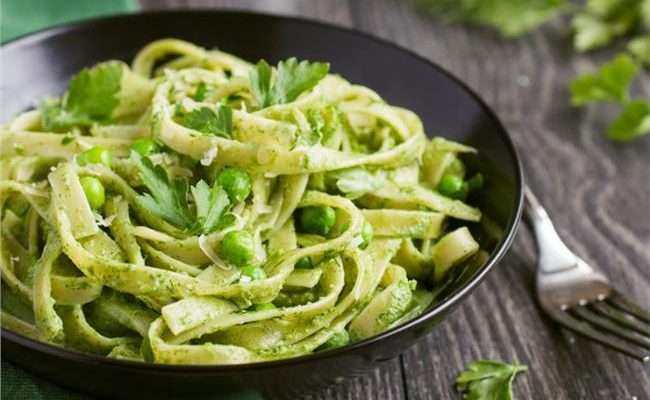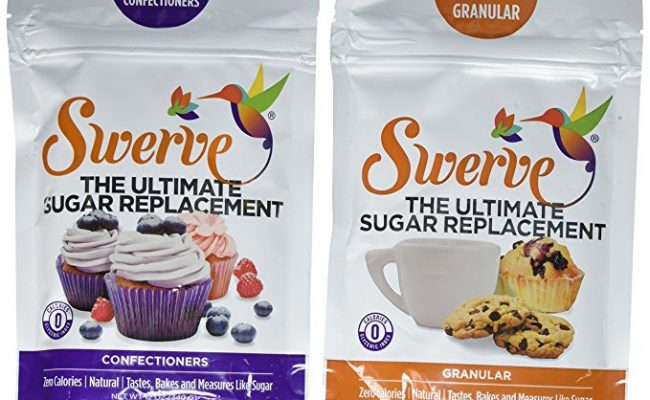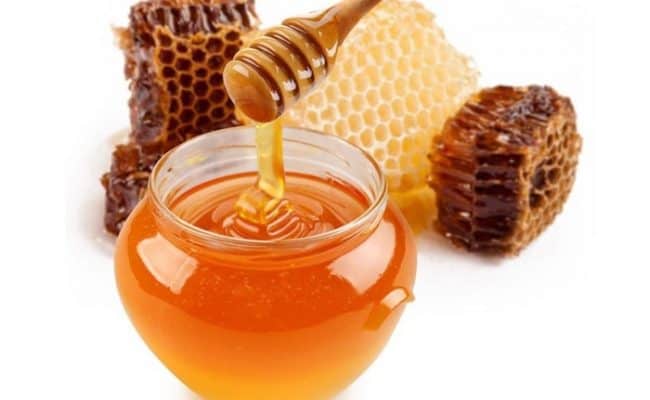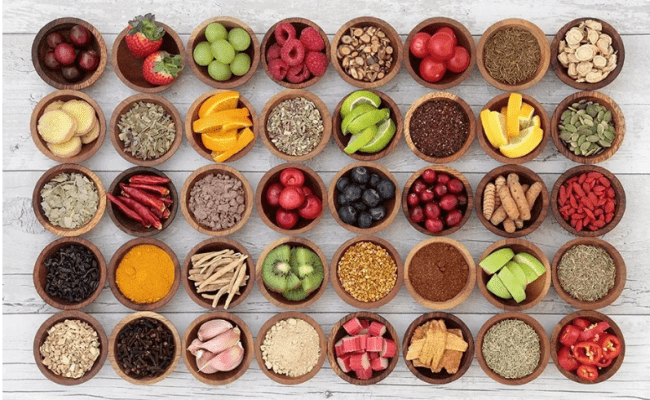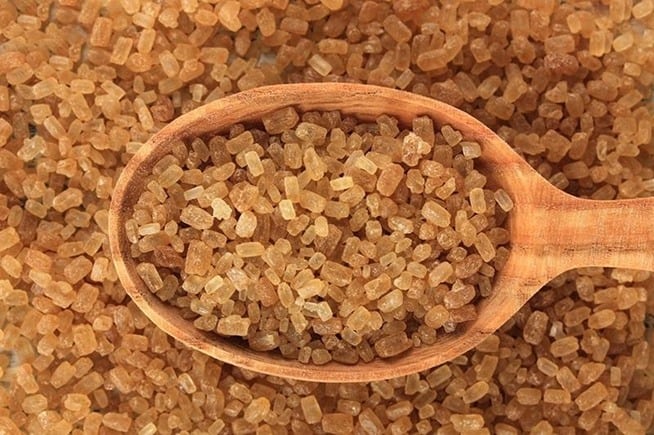
It is recommended to cut back on added sugar from the diet because there is a relationship between sugar intake, obesity and chronic disease risk. Sugar is naturally found in grains, fruits, vegetables and legumes. However, sugar is added to many foods, and this is what most health experts advocate to cut from the diet.
Sweets, commercially made bread, cereals, sauces, dressings, frozen foods, canned soups, etc. can all be sources of added sugar, and most people get more than the recommended less than 10% of daily calories from added sugar.
Sugar can hide as many names from dextrose, high fructose corn syrup, rice syrup, raw sugar or sucrose.
Brown sugar is also another name for sugar, and some people may think it’s a heathier option compared to white sugar.
However, brown sugar is not really superior to white sugar nutritionally, although there are some differences for baking purposes. Both intake of white and brown sugar should be limited.
Same nutritionally
The calories from brown or white sugar are virtually the same; both provide about 16 calories per teaspoon (1).
Sugar is made from either cane or beet. The process of getting table sugar starts with smashing up the sugar cane into a liquid form.
The liquid is filtered to remove any impurities. The liquid is heated to get raw sugar crystals. A byproduct of this process is molasses.
White sugar is made from melting the raw sugar and adding chemicals and heating again to get uniform white crystals of white sugar.
Brown sugar is made from adding a small amount of molasses to the white sugar crystals (2).
This is the main difference between white and brown sugar; brown sugar is virtually the same thing as white sugar just with some added molasses.
Molasses can be a source of antioxidants and minerals such as potassium, magnesium and iron.
However, the amount used for making brown sugar is small. Therefore, there really isn’t any significant amount of these nutrients in brown sugar.
Comparing the two sugars, they both have about the same calories and grams of sugar per serving.
See Also:
Taste differences
Most brown sugars you buy at the stores are white sugar with a small amount of molasses added to it. The taste of brown to white sugar can be subtly different, but most people would probably consider the taste the same.
Brown sugar can have a stronger taste of molasses which could have undertones of caramel and provide a more complex sweetness.
Light brown sugar has less molasses added than dark brown sugar. If you want a deeper flavor, use dark brown sugar.
Brown sugar can also be moister than white sugar, because of the added molasses, and can also harden quicker than white sugar.
The main difference between brown and white sugar is how they affect baking.
Cooking differences
Sugar, whatever form you are using, does more than just add sweetness to foods. It acts to enhance flavor, texture, give color, add bulk and balance acidity in recipes (3).
Depending on what you are making and how much sugar you are using, whether you use brown or white sugar can impact the outcome of your recipe.
Using brown sugar compared to white sugar will add more moisture and a deeper color, but the sweetness will be the same (4).
In general, there usually won’t be a big difference between using light or dark brown sugar (5).
However, dark brown sugar will have slightly more moisture compared to light brown sugar.
Other forms of sugar
Other forms of sugar, like raw or coconut sugar for example, may also be marketed as being healthier than white sugar.
However, keep in mind that most forms of granulated sugar will have similar impact on blood sugar and are nutritionally similar.
Raw or coconut sugar may be considered less processed and may have marginally higher mineral content, but this is usually negligible.
Using raw or brown sugar does not justify being able to eat more of it compared to white sugar.
If you use white or brown sugar, it is still added sugar that should be eaten in small quantities.
What is the healthiest sweetener option?
So what option of sugar is healthiest? According to the American Diabetes Association (6), people should treat all sweeteners the same like regular sugar.
Sometimes certain sugars will claim it provides a lower level on the glycemic index (GI) scale.
However, GI scales are not standardized and can vary depending on the source.
If you are a healthy adult, keep your added sugar intake, regardless of where it comes from, to less than 10% of daily calories.
If you have diabetes or high blood sugar, you may need altered sweetener intake recommendations.
People often go to sugar alternatives for a healthy sweet option, but some studies have suggested sugar alternatives could be related to some negative consequences such as altered gut bacteria and influencing satiety regulation in the brain.
Liquid forms of sweeteners like honey and molasses can provide antioxidants or a source of minerals along with their sugar.
So, these options could offer nutritional benefit with their sugar calories, but their intake should still be considered an added sweetener.
Conclusion
The difference between white and brown sugar is that brown sugar is usually just white sugar with a small amount of added molasses.
Nutritionally they are equal and are both considered an added sugar that should be limited in the diet.
There could be some small taste differences, and the biggest difference between the two sugars is from baking.
Brown sugar will have a deeper color and provide more moisture to a recipe.
They can be used interchangeably for most recipes, but the color and texture may be affected if you substitute white sugar for brown.
